
The Flavors of Andalucia
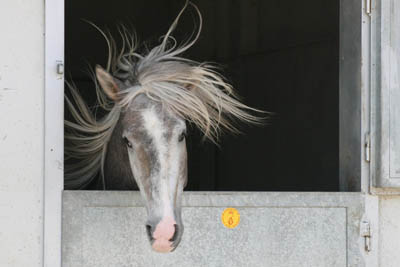
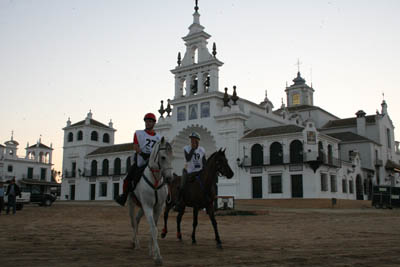
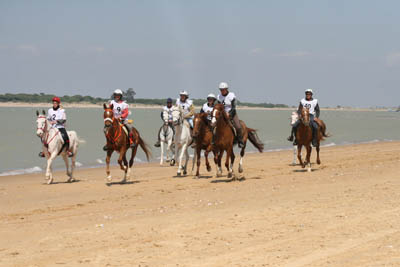
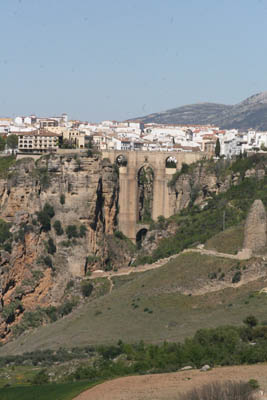
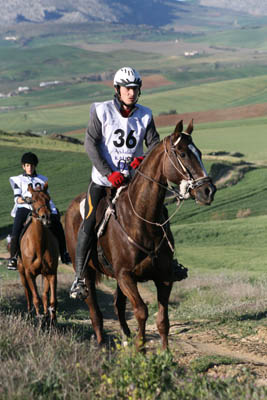
Read about Andalucia in southern Spain, and you will consistently find a particular category of words: exuberance, color, romance, passion. It is a country of strength and courage; the people are warm, welcoming, high-spirited, friendly, happy, easy-going.
Come to Andalucia and you will experience all of that, and the culture that epitomizes and defines it: flamenco, bullfighting, romerias, horse fairs, fiestas, celebrations, music, dance, cuisine. The religious and festive El Rocio Pilgrimage draws one million visitors annually and is one of Spain's largest and most famous Romerias. Flamenco was born here. Spain is the largest producers of olive oil, particularly the regions of Andalucia and Catalonia. Jerez has been known as the center of viniculture since wine-making was introduced to Spain by the Phoenicians in the 11th century BC. Gazpacho soup originated here. The Iberican ham is unique to this region, and if you've ever had Iberican ham, you'll never be able to eat a pre-packaged processed slice of American ham again.
Through the ages, southern Spain was occupied in turn by Phoenicians, Greeks, Carthaginians then Romans, the Suevi, the Alani, the Vandals, the Visigoths, then the Moors, and finally the Castilian and Aragoneses in 1492; and perhaps it was the ability of these Iberian people to adjust, adapt, and adopt, that have contributed to their ability today to be laid back and spirited, open and amiable, and still retain a strong identity.
Central and significant to this region has been the horse: it is possible that the ancestors of the Iberian horse, the Sorraia, were used by the natives in 4000 BC; the Spanish horse was used in ancient Greek and Roman times as a cavalry mount (Homer refers to the horse in the Illiad in the 11th century BC.). The incredible athletic abilities of these war horses led to their traditional use in bullfights, particularly the Lusitano (which shared its registration with the Spanish Andalusian horse until the 1960's). The Carthusian horse, one of the purest strains of Andalusians, was established around Jerez by 1400 AD.
Today the horse is still front and center in numerous summer fairs across Andalucia, such as the famous Jerez Horse Fair in May which is known as "the most important equine event in all of Europe." And the horse is the feature of the main event of the spring, the Kaliber Lands Raid Al-Andalus, the 9-day endurance ride across Andalucia.
The 4th annual event begins on Friday in Jerez de la Frontera, travelling for 9 days and 500 kilometers over beaches, mountains, river valleys, marshlands and forests, northeast to Vergen de la Cabeza (Jaen).
It is equal parts endurance ride - a unique and rigorous challenge for horses, riders, and crews; adventure, fun, tourism, sport, and cultural experience; all with the unique brand of Andalucia and the Andalusian people.
Not least of all, it is still about the horse: the reason we have the privilege and opportunity to go to new places, see new things, meet new people. The Andalucians are, once again, the proud hosts of this great horse endurance adventure through their country.




